Final Project: Basin

00—What is it?
Basin is the name of the artwork I am completing for my final project. The photo above is a test stand for the project. The project is composed of 4 main elements. A dish filled with water, an elevated water dropping assembly above the bowl, and a sensor that detects respiration at a distance. The purpose of the work is to persuade the viewer to relax as the dropper begins only when the viewers breath rate decreases. In a later interation I will integrate three droppers and three respiration sensors so it is a shared experience.
- The input: from a 60MHz mm wave sensor the rate of respiration is read from a single person situated in front of the work.
- Processing: Signals are processed by an ESP32 based MCU. The input is processed into a simple integer format that represents the number of breaths per second recorded for a given period. This number is then passed along and transformed into a variable that can be tuned to compensate for real world delay and a level of sensitivity to changing breath rates that feels responsive.
- Output: The output is the dropper mechanism. Currently the dropper is designed around a peristaltic pump. The pump takes a simple PWM pulse signal as an input to control the duration and frequency of its rotation.
Why?
- I want to create a work that captures peoples attention, but does not abuse it.
- I want to create a work that prompts reflection, but not reflection in isolation.
- I want to create a work that demonstrates a more subtle way to utilize technology.
01—Research Artistic / Conceptual
About section: I am aiming for something visually minimalist downplaying elements of the design that are non critical so element that are (like the water) are highlighted.
Artistic References
Similar projects have been created and two of them are direct influences for my project visually and functionally. Below are my 3 major artistic influences:
Objects for A Heavenly Cave—Lily Clark
Lily clark tends to work with stone and has great sense of proportion and composition that I have been strongly influenced by. Objects for a Heavenly Cave is very unique subtle work that I want to capture some of the spirit of in basin.
Passage to the Lake—Seop Peoseo
Passage to the Lake is a very refined piece that uses a very similar mechanism to what I would need for my work. His piece is based around a peristaltic pump system.
Stone 27— Benjamin Langholz
Stone 27. Ben’s work has a lot of visual impact. I appreciate how he keeps his work focused focused visually and participatory.
Visual Concepting and Mood Board [updated 3/30/25]
The forms I find myself more drawn to are more brutalist and minimal. The form should be confident, but no shout. I find myself either designing the project in soft forms with transitions like a Japanese lantern or the something brutalist with distinct transitions between recognizable solids.
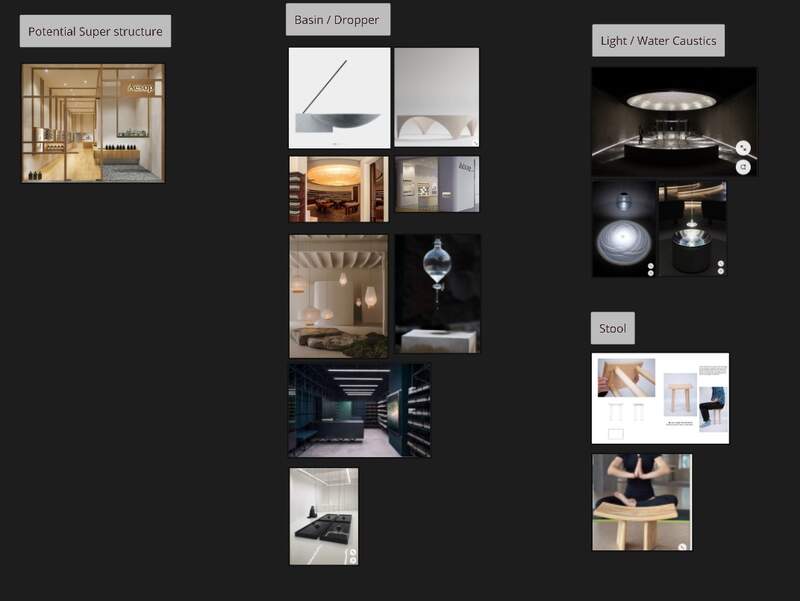
03—Technical Research
About section:
Approaches to Similar Problems
Passive IV dripper:
One example is an IV drip. There are both active and passive devices that can regulate IV fluid flow. I have yet to purchase one and not little about the physics of fluids so at the moment I am not sure how they maintain constant pressure.
Lab Glass Dosing Devices
Accurately dosing small amount of liquid is solved in a lab context. This is usually based around systems that use pipettes or glass passive devices as seen on the right.
04—Key Electrical Component Research
Peristaltic Pumps
DFRobot — PPM Peristaltic Pump
- I am currently evaluating the DFR peristaltic pump. It seems to be quite responsive I would prefer if it were a bit quieter though.
- PPM control is important whatever pump I use it needs to be easy to actuate precisely.
Atlas Scientific — EZ Pump
- Looks very promising and has an I2C interface which making IO management on the Xiao much easier. 4 times the cost as the DFR pump.
- Noise seems to be the same as DFR
- Easier communication and calibration compared to the DFR Peristaltic
Solenoid Valves
Air solenoid valves
- I think the air valves are more appropriate because the seem to come in smaller sizes. I am not sure quality is so relevant here. Similarly, I am not sure if it should matter that it is made for preasurized air and not water as the use case is pretty light.
- Sound and dosing accuracy are a big concern and I am not sure if solenoids are an improvement over the peristaltic pump approach.
High Performance Cartridge Style Valves
- There is a lot of product differentiation in this space and I don’t know the first thing about these. This cartridge style seems to be common in industrial automation. I have also seen them used on high end large format printers.
Other thoughts — Coloring / Reagents
Suminagashi
I have plans to test paint mixing once I have the core functionality working. Since I want the piece to reset itself and not require someone to be present during its operation I am not sure if I will be able to pull this off.
Working with Reagents
I have not done any research on this, but this could be an interesting direction. Since I want the piece to reset itself this could drastically increase the complexity.
03— Basin Milestones
About section: In this section I am highlighting important milestones in the development of the project Basin. More information on specific milestones can be found in my weekly documentation.
A— Initial Diagraming
This is my first attempt at at a scaled down version of my circuit. The final design will probably include 3 pumps and 3 sensors. I am using FigJam to keep track of all of the important specifications for the different devices.

C— Initial CAD for Test Stand
On the left the first design on the right the second. I reworked it around a 2020 extrusion as I realized after I finished the first this was a better approach in every way.
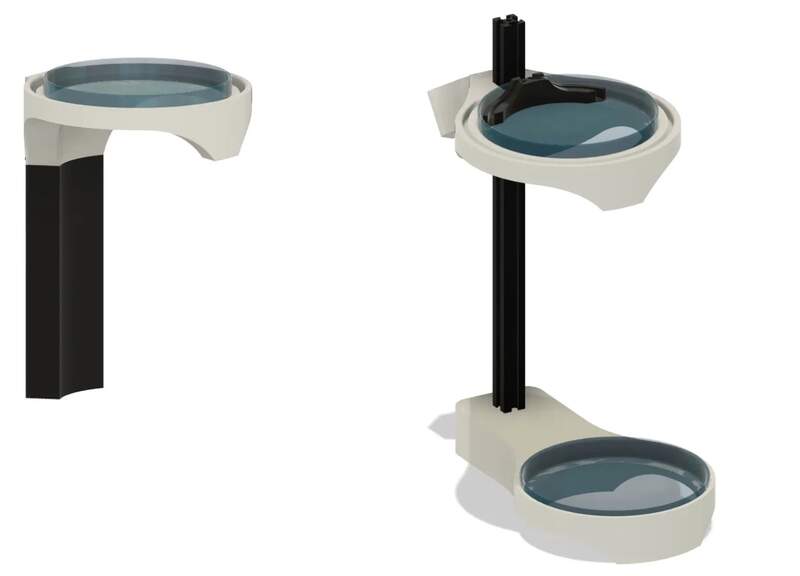
E— Initial Assembly and Dropper Testing
The design was then assembled and tested. The primary things I wanted to test were:
- The optical (caustic) effects I could get by shining a light at the water from different angles.
- If the dropper could reliably drop one droplet with minimal tuning and wether that effect was visually interesting
F— v1 Electrical Diagraming
This week I spent the last couple day diagraming researching parts for the two connected PCBs I am designing. More detail on the electronics selection will be added later as a separate section on the website.
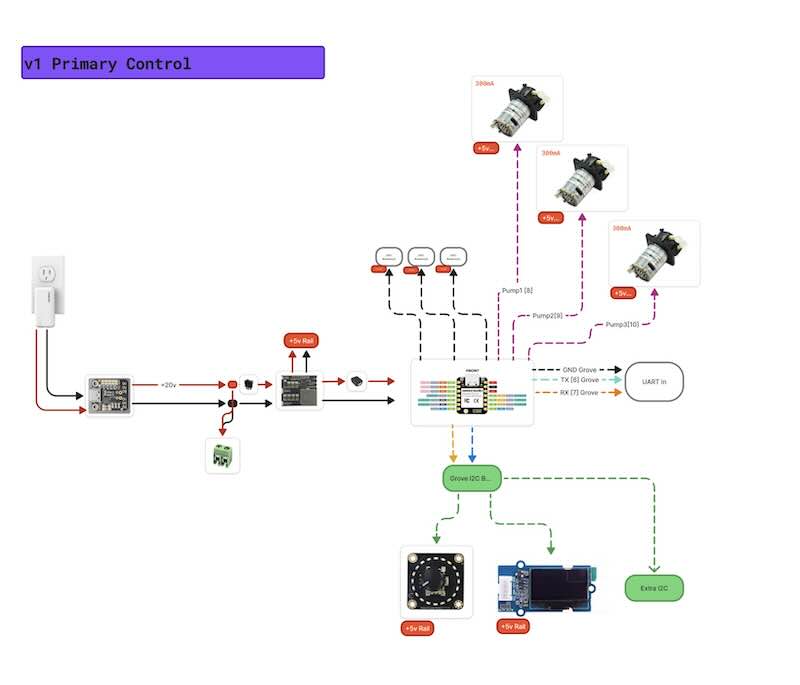
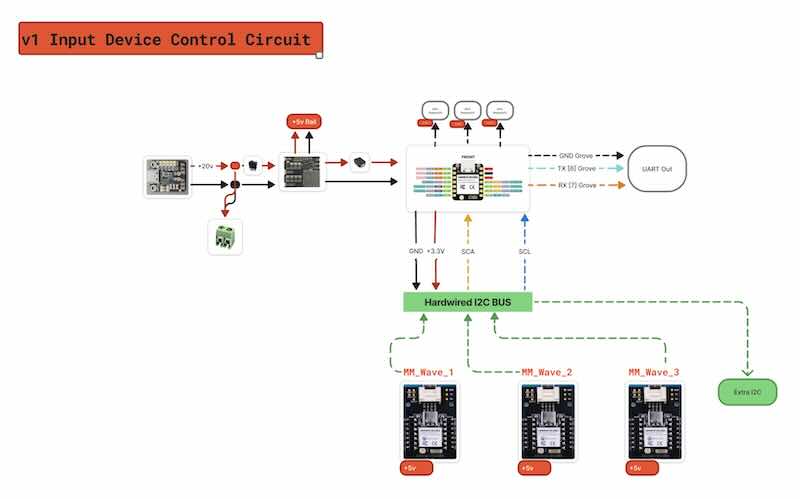
B— Initial Visual Concept
This was my first concept design for the project.
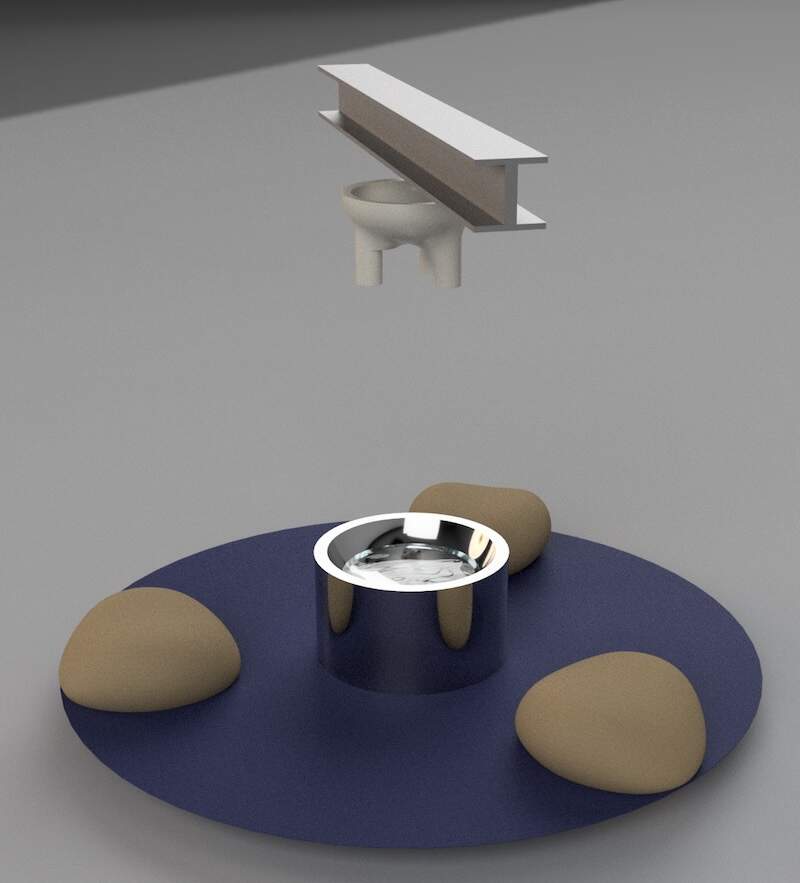
D— Voltage Conversion Jig
I have thought about creating something like this for a long time. Its just a set of buck converters se to different voltages powered by USB C PD enabling multiple easy to configure testing voltages.
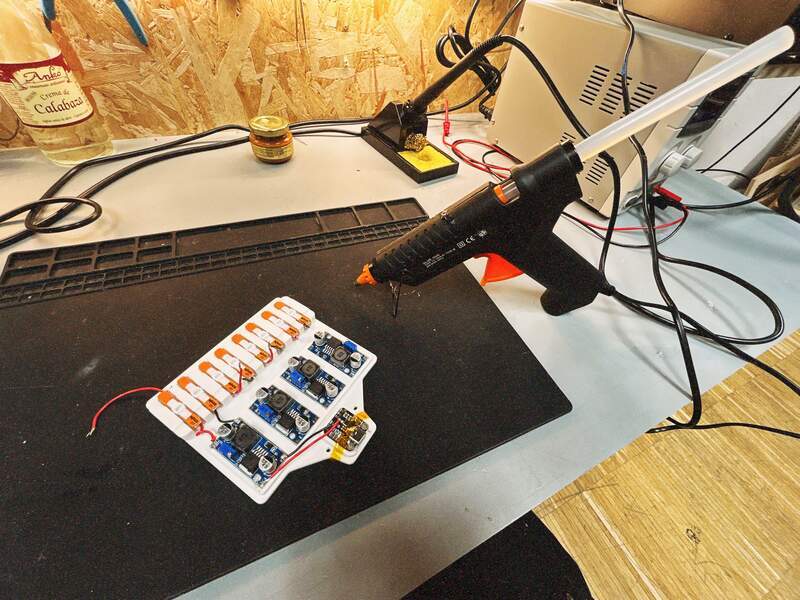
C— Basin Evaluation board [v.5]
This was my first attempt at an integrated board that could power and run IO for Basin. It had to be scaled down to fit on single layer PCB so only 2 I2C inputs are present instead of the intended 3. The next version will be fully featured and many mistakes will be corrected.

04— Current BOM [updated 4/2/25]
About section: I am keeping track of the BOM elsewhere currently there are so many changes to the components it not useful for me to update this here.
BOM: v1_Design (output + input circuit)
05—Evaluation Criteria
- What does it do?
Its an interactive kinetic sculpture see the What is it? section.
- Who’s done what beforehand?
Several artists have done work similar they are direct influences on this piece see section: Research Artistic / Conceptual. The primary mechanism is really just a dosing pump this has also been done before see section: Key Electrical Component Research.
- What did you design?
I am planning to design everything that will improve the function and aesthetics of the design. For this reason I am taking a modular approach to the circuit design wherever it makes sense. Certain things like power conversion, USB C PD triggering, and integrating my own MCU are processes that I think can be handled more cleanly through commercial modules.
- What sources did you use?
A human being is my realtime trigger and I am using a mm wave sensor to gather movement based data.
- What materials and components were used?
See sections: Milestones and Key Electrical Component Research
- Where did they come from?
The component were sourced mostly from Digikey and amazon.
- How much did they cost?
I will probably end up spending around $600 → $1000 when I am finished including R&D.
- What parts and systems were made?
Everything minus pre-existing libraries and prebuilt components that are listed in the section: BOM.
- What processes were used?
Currently using 3D printing for chasis pieces in the dropper assembly, CNC for the bowl base and meditation chairs.
- What questions were answered?
Can I create an accurate dosing system that samples a variable user input. The intention is also to create a platform for other future fluid based projects I think I am succeeding in this.
- What worked? What didn’t?
Too early too tell.
- How was it evaluated?
By you?
- What are the implications?
None necessarily. The intention is to create a work that intends to create a site for the participant to relax.
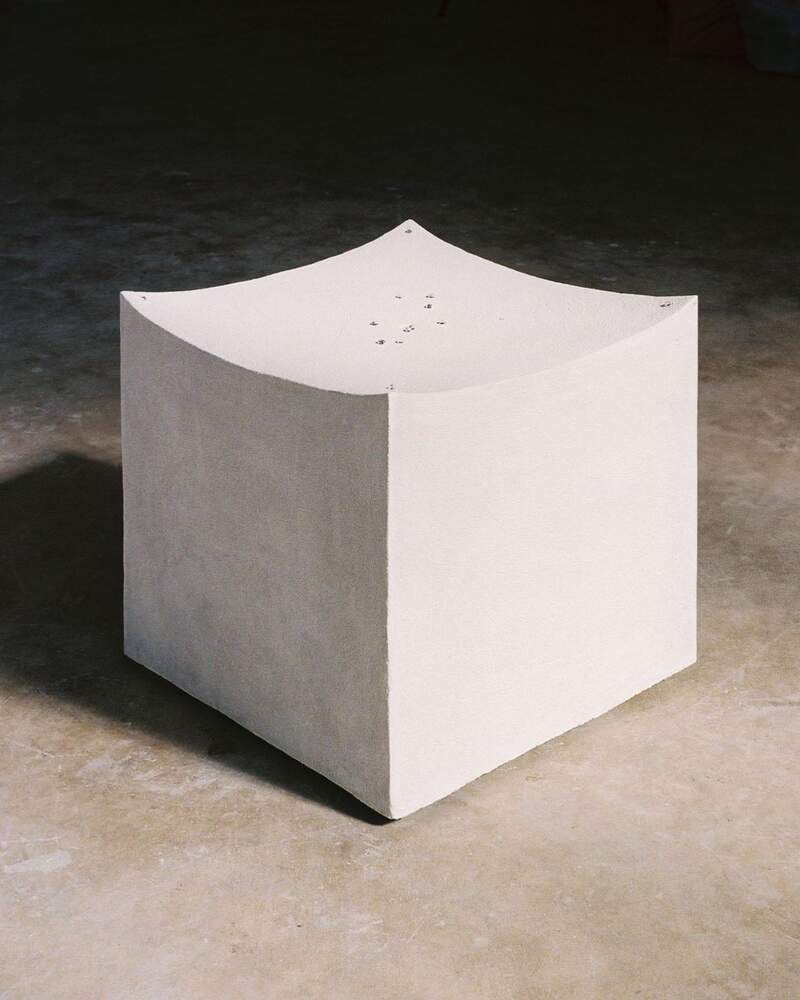

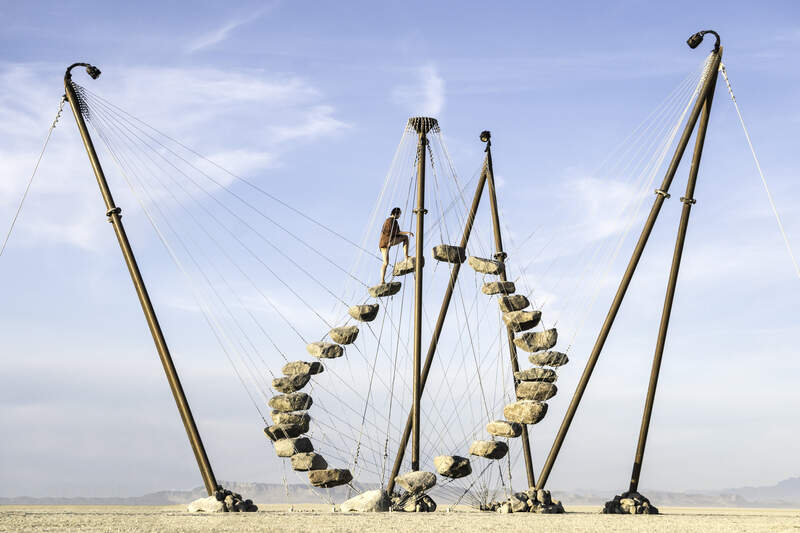
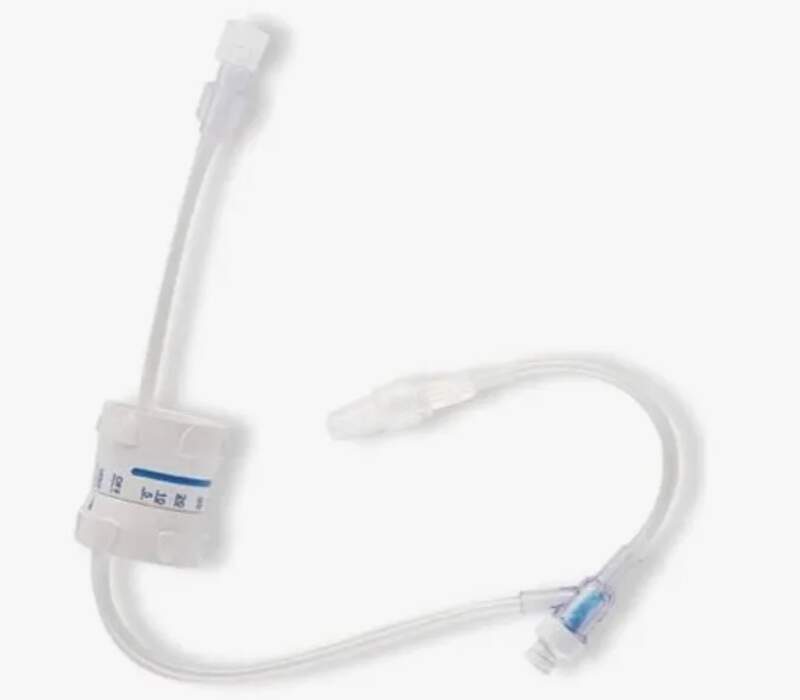
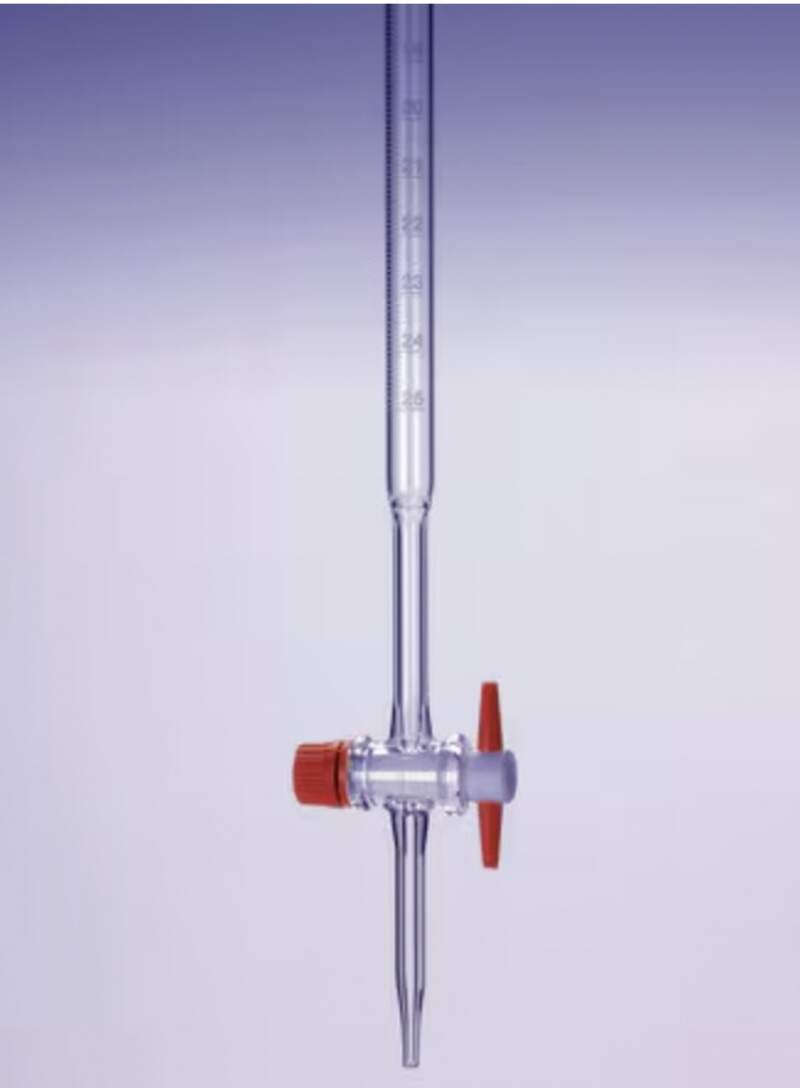
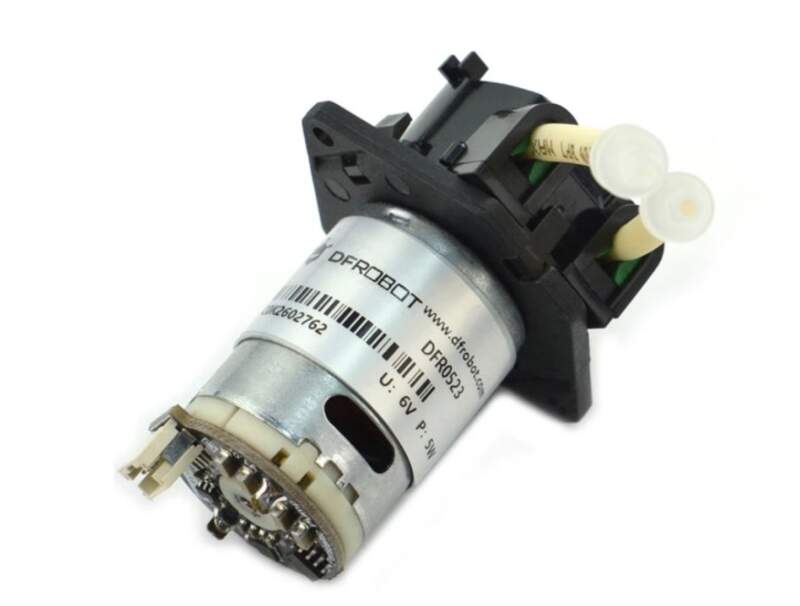

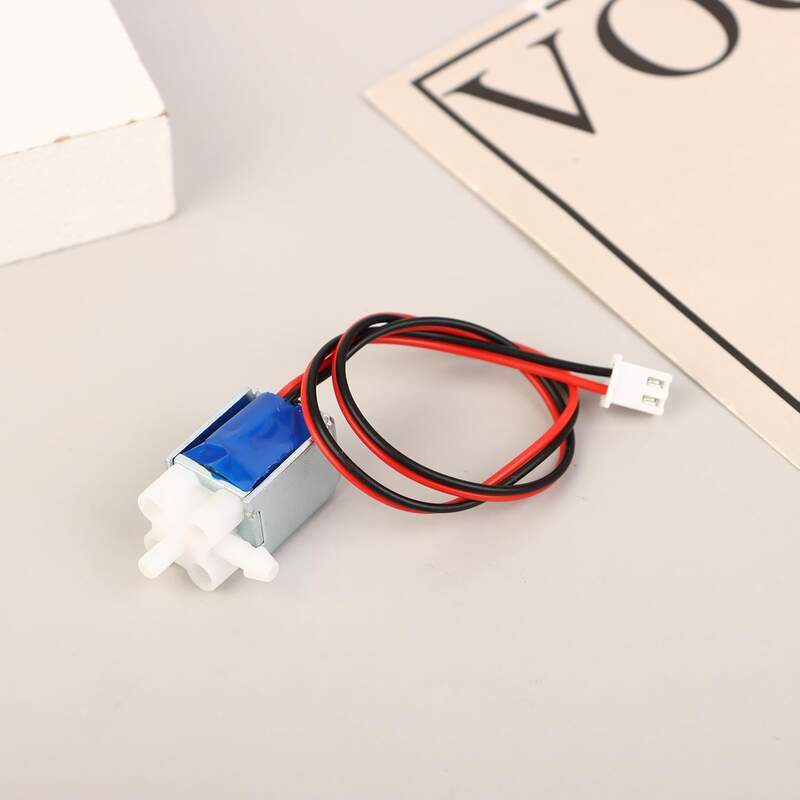



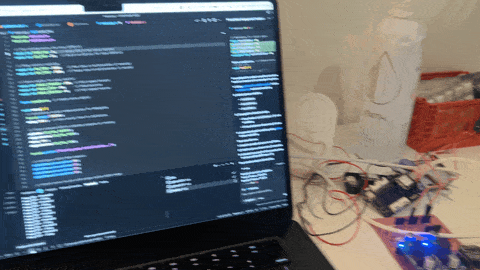
%201c8d790de3e580b39914e14d9f92da9b/Xiao%20ESP32%20C6%201c8d790de3e580f2b324c5cb1fa6167c/CleanShot_2025-03-30_at_19.28.112x.jpg)
%201c8d790de3e580b39914e14d9f92da9b/Adafruit%20USB%20Type%20C%20Power%20Delivery%20Dummy%20Breakout%20%201c8d790de3e5809e8887e51c79e1898c/CleanShot_2025-04-01_at_15.57.162x.jpg)
%201c8d790de3e580b39914e14d9f92da9b/DC-DC%20Multi-output%20Buck%20Converter%20(3%203V%205V%209V%2012V)%201c8d790de3e580a3afacd041c1ea85c7/CleanShot_2025-04-01_at_21.41.062x.jpg)
%201c8d790de3e580b39914e14d9f92da9b/DC-DC%20Multi-output%20Buck%20Converter%20(3%203V%205V%209V%2012V)%201c8d790de3e580a3afacd041c1ea85c7/CleanShot_2025-04-01_at_21.48.402x.jpg)
%201c8d790de3e580b39914e14d9f92da9b/DC-DC%20Step%20Down%20Buck%20Converter%20(6~24V%20to%205V%2016A)%201c8d790de3e5802db41ce2f943868b44/CleanShot_2025-04-01_at_15.45.142x.jpg)
%201c8d790de3e580b39914e14d9f92da9b/Gravity%20Digital%20Peristaltic%20Pump%201c8d790de3e5802bb8b7fd059dd0e6c9/CleanShot_2025-04-01_at_15.44.332x.jpg)
%201c8d790de3e580b39914e14d9f92da9b/4%207%20kOhms%20%C2%B11%25%200%2025W,%201%204W%20Resistencia%20en%20microproc%201c8d790de3e580a8a337d8fb7ac00779/R0566046-06.webp)
%201c8d790de3e580b39914e14d9f92da9b/DIODE%20SCHOTTKY%2040V%201A%20DO214AC%20%5BSS14%5D%201c8d790de3e580f383b2e5dd55f5caa8/CleanShot_2025-04-01_at_15.52.512x.jpg)
%201c8d790de3e580b39914e14d9f92da9b/14%20Position%20Receptacle%20Connector%200%20050%20(1%2027mm)%20Su%201c8d790de3e580298273d1871d9947c8/CleanShot_2025-04-01_at_15.51.532x.jpg)
%201c8d790de3e580b39914e14d9f92da9b/Rocker%20Switch%20SPST%2010A%20(AC)%20125%20V%20Panel%20Mount,%20Sna%201c8d790de3e580f98bf5e3c8724723bc/CleanShot_2025-04-01_at_15.44.092x.jpg)
%201c8d790de3e580b39914e14d9f92da9b/2%20Position%20Wire%20to%20Board%20Terminal%20Block%20Horizontal%201c8d790de3e580309baed55590818aa2/CleanShot_2025-04-01_at_15.45.082x.jpg)
%201c8d790de3e580b39914e14d9f92da9b/Gravity%20360%20Degree%20Rotary%20Encoder%20Module%201c8d790de3e580269b98ffd6d57f3119/CleanShot_2025-04-01_at_15.44.262x.jpg)
%201c8d790de3e580b39914e14d9f92da9b/XIAO%2060GHz%20mmWave%20Human%20Breathing%20and%20Heartbeat%20Se%201c8d790de3e5801492a8f47e398d0352/CleanShot_2025-04-01_at_15.44.192x.jpg)
%201c8d790de3e580b39914e14d9f92da9b/Grove%20-%20OLED%20Display%200%2096%20(SSD1315)%20I2C%20Interface%20%201c8d790de3e58059b764c045e4f489d7/CleanShot_2025-04-01_at_15.44.002x.jpg)
%201c8d790de3e580b39914e14d9f92da9b/GROVE%20CABLE%204POS%2050CM%202PACK%20%5BA034-C%5D%201c8d790de3e5800c9c61ea3530cf0944/CleanShot_2025-04-01_at_22.01.582x.jpg)
%201c8d790de3e580b39914e14d9f92da9b/XH2%2054%20Connector%20Kit%20(2%205mm,%200%201%20)%201c8d790de3e580199b56df89ae2f7377/CleanShot_2025-04-01_at_21.39.142x.jpg)
%201c8d790de3e580b39914e14d9f92da9b/BUSOHE%20Cat%208%20Ethernet%20Cable%2010M,%20Flat%20Network%20Cabl%201c8d790de3e58075b37dc82a7c945d6b/CleanShot_2025-04-01_at_22.54.092x.jpg)
%201c8d790de3e580b39914e14d9f92da9b/CONN%20HEADER%20VERT%203POS%202%2054MM%201c8d790de3e580bdb3b1c2d18b5fe7b0/CleanShot_2025-04-01_at_16.09.342x.jpg)